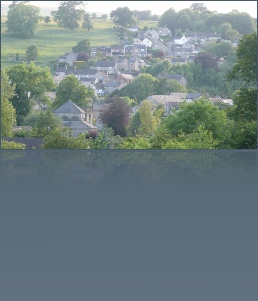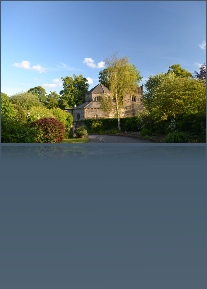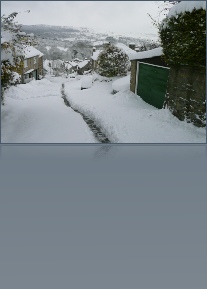

All content and images © Sherwood House 2001
Web Site promoting images and information about the Peak District.
12.12.26: In hac habitasse?

Nulla quis nibh. Proin ac pede vel ligula facilisis gravida. Phasellus purus.
Suspendisse Sem Lorem

Stoney Middleton
Stoney Middleton is a village in the Derbyshire Dales district of Derbyshire, England. It lies in the White Peak area of the Peak District southeast of Eyam and northwest of Calver, on the A623 road at the foot of the limestone valley of Middleton Dale
The village may have been a Roman settlement, perhaps based on lead mining, but there is currently no archaeological evidence to prove this. A nineteenth-century bath house over a hot spring is known locally as The Roman Baths but this was built in an unsuccessful attempt to establish a spa resort. (Following the clearance of undergrowth by the Stoney Middleton Youth Club in the early 1980s the building was consolidated and made secure by local craftsmen with the aid of a grant by the Peak Park.[1])
It is speculated that a motte-and-bailey castle was built overlooking the village by the Normans during the pacification of the North in the late 11th and early 12th centuries. However, again, there is no direct archaeological evidence for this and the rather small flattened top of the site known as Castle Hill, overlooking the Nook, may have been used for nothing more glamorous than dog fighting. The origins of the name of the village go back to the Saxo-Norman period when it was known as Middletone or Middletune[2], the name Stoney Middleton literally meaning 'stony middle farm'..

The original location of the village, which was ravaged by the Black Death, may have been immediately to the south of the Old Hall, on a series of terraces (still visible from the public footpath overlooking the meadows between the lower, modern extension of the village and the bottom of the "Town" the hill by the Moon Inn which leads up to Stoney Middleton Junior School). Renewal of the village led to the construction of a stone chapel in the fifteenth century at the crossroads of the roads/tracks going between Eyam and Grindleford, which was dedicated to Saint Martin, perhaps to cater for pilgrims to the spring. The tower survives, attached to an unusual octagonal nave of 1759

St Martin’s Church
A view of St Martins Church taken from the entrance to the old hall gardens.

Cubar Edge
A view of Stoney Middleton towards Curbar Edge taken in the winter of 2010/ 2011

High Steet
A view of High Street taken in the Winter of 2010/2011.